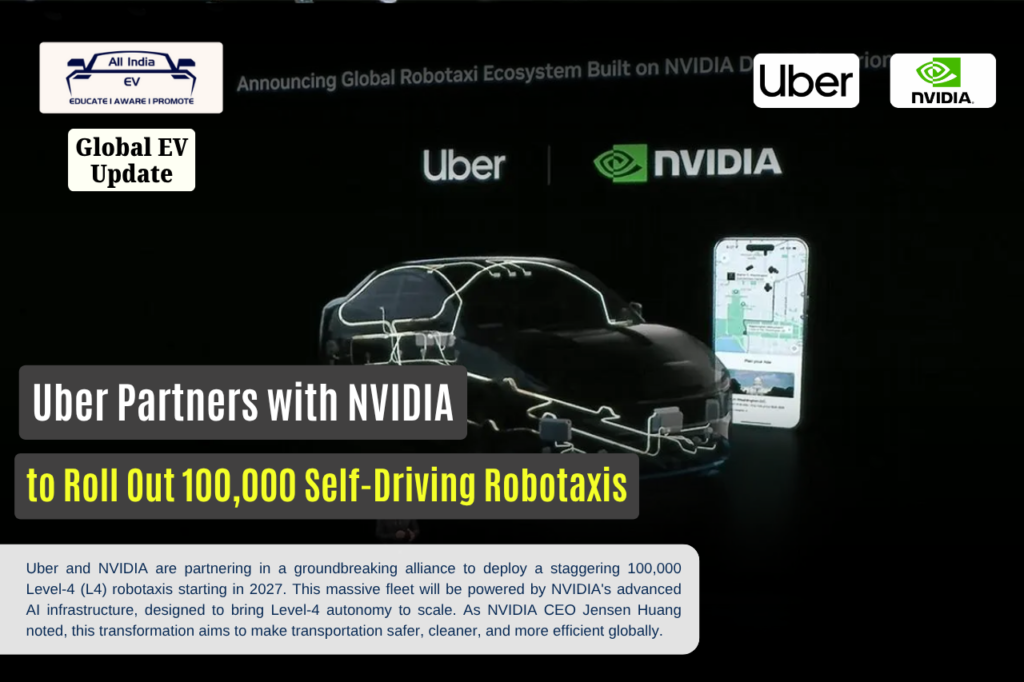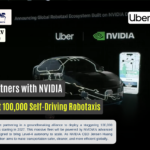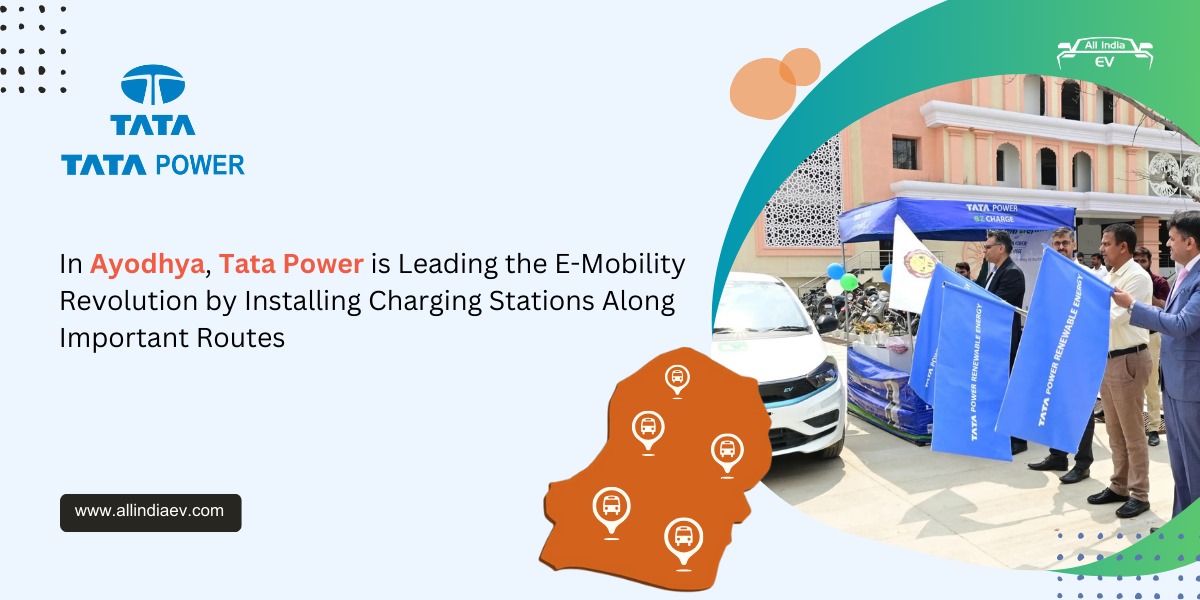
Nvidia Partners with Stellantis, Lucid & Mercedes-Benz to Bridge Human-Driven Mobility with Future Autonomous Fleets
In a landmark move that could redefine the future of urban mobility, Uber and Nvidia have announced a strategic partnership to deploy 100,000 fully autonomous robotaxis starting in 2027. The collaboration aims to combine Uber’s global ride-hailing platform with Nvidia’s cutting-edge AI infrastructure, ushering in a new era of safe, efficient, and scalable autonomous transportation.
🚗 A Game-Changing Alliance for Autonomous Mobility
Announcing the partnership, Nvidia CEO Jensen Huang said,
“Together with Uber, we’re creating a framework for the entire industry to deploy autonomous fleets at scale, powered by Nvidia AI infrastructure.”
The initiative will leverage Nvidia’s advanced AI computing systems and deep learning platforms, which are already being integrated by major automakers such as Stellantis, Lucid, and Mercedes-Benz, to bridge the gap between today’s human-driven mobility and the autonomous fleets of tomorrow.
⚙️ The Technology Behind the Vision
The collaboration underscores Nvidia’s growing dominance as the backbone of the AI revolution in the automotive industry. With the introduction of Level-4 autonomous driving technology, robotaxis will be capable of handling all driving tasks without human intervention, under most conditions.
“Nvidia is the backbone of the AI era and is now fully harnessing that innovation to unleash L4 autonomy at enormous scale,” said Uber CEO Dara Khosrowshahi.
However, it remains unclear whether Uber plans to include safety drivers during the initial rollout phase, especially in regions where regulatory frameworks still mandate human supervision.
🌍 A Step Toward the Global Robotaxi Revolution
Industry experts view Uber’s global platform as a natural channel for large-scale robotaxi deployment.
“Ride-hailing platforms such as Uber are the ideal channels to deploy robotaxis at scale, and Nvidia is the natural compute tech partner,” said Marc Amblard, Managing Director of Orsay Consulting.
Uber already allows users in select U.S. cities to book Waymo-operated robotaxis. With this new alliance, Uber could potentially collaborate with Waymo, Baidu, or other autonomous vehicle developers to accelerate its global rollout.
🌐 The Global Context: China, Europe, and Beyond
The global race for autonomous mobility leadership is intensifying.
- Waymo recently announced plans to launch robotaxis in London in 2026, marking its European debut.
- Baidu, China’s AI powerhouse, revealed plans to deploy robotaxis on Lyft in Germany and the U.K., pending regulatory approval. It has also signed similar agreements with Uber in Asia and the Middle East.
- Chinese automakers and tech giants have invested billions in intelligent driving technologies, viewing autonomous mobility as the next frontier in the global EV and AI markets.
🚘 Transforming Mobility as We Know It
The Uber-Nvidia alliance represents a monumental step toward mass adoption of autonomous vehicles, promising to make transportation cleaner, safer, and more efficient.
“Robotaxis mark the beginning of a global transformation in mobility — making transportation safer, cleaner and more efficient. What was once science fiction is fast becoming an everyday reality,” Huang concluded.
As the world edges closer to fully autonomous transport, this partnership could position Uber and Nvidia as pioneers in the global robotaxi revolution, driving the next phase of AI-powered mobility innovation.
Comment by Author
The Uber-Nvidia partnership signals a bold stride toward the era of fully autonomous mobility.
By merging Uber’s ride-hailing ecosystem with Nvidia’s AI prowess, the alliance demonstrates how innovation, scalability, and data-driven intelligence can reshape the way the world moves.
If realized as planned, this collaboration could become one of the defining milestones in the transition from human-driven vehicles to self-reliant, AI-powered transportation.









